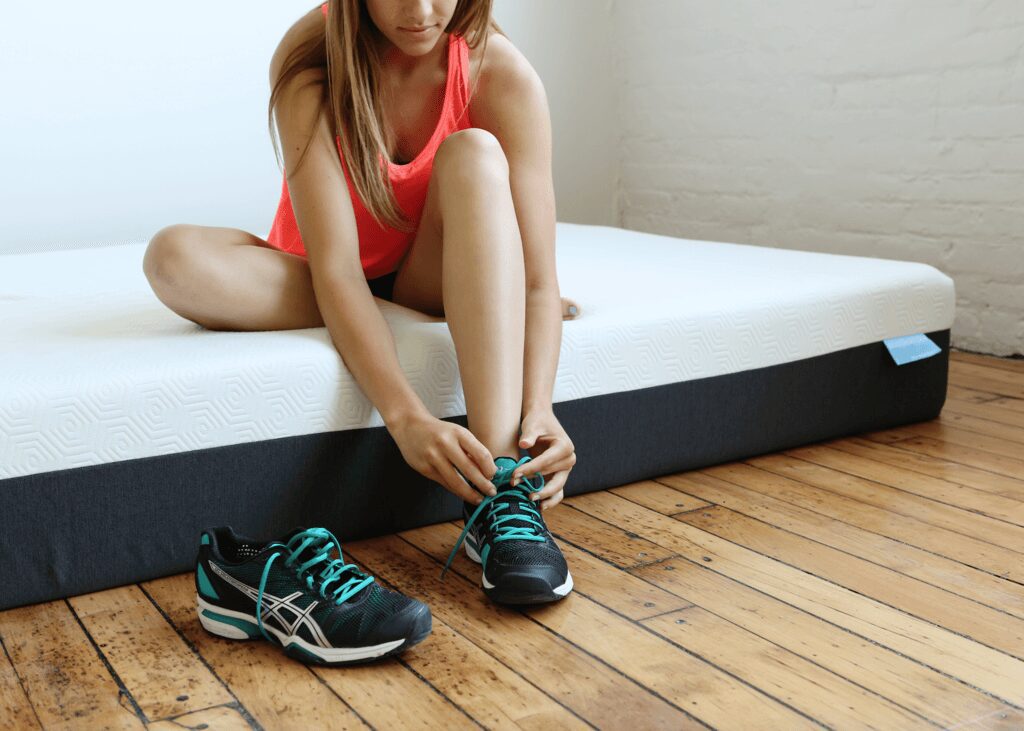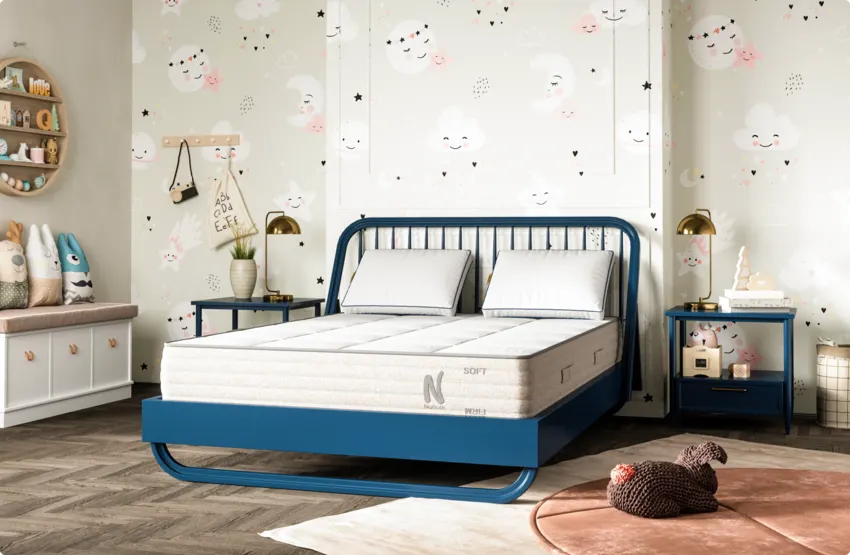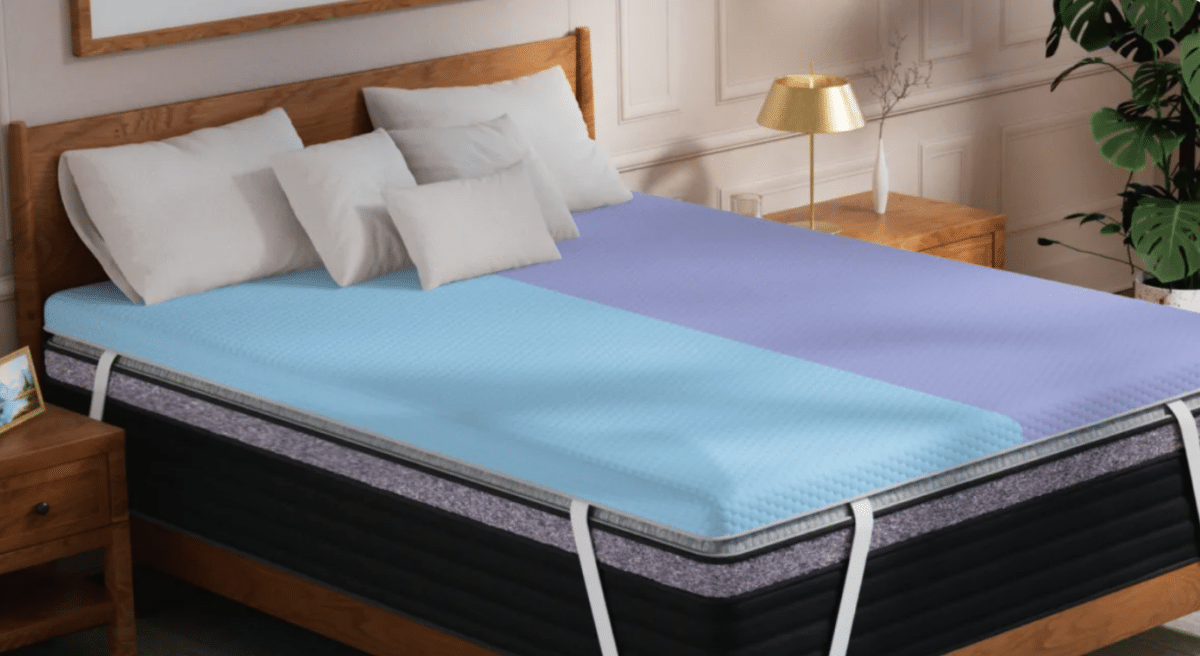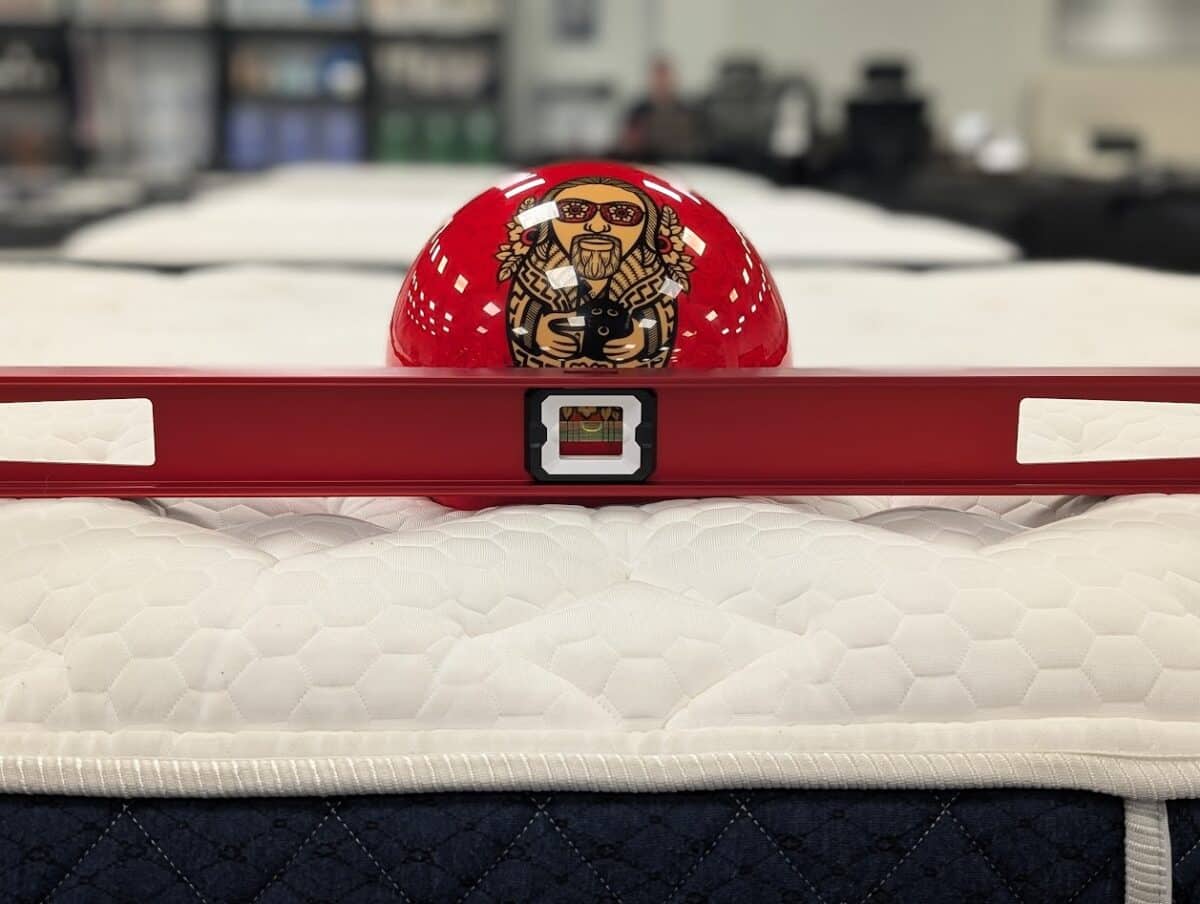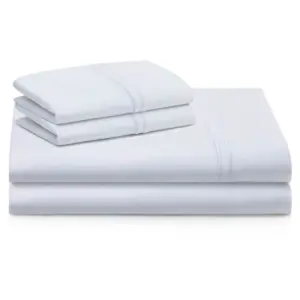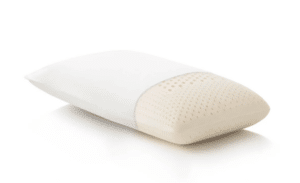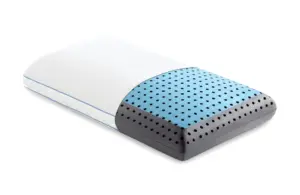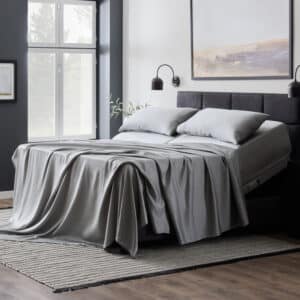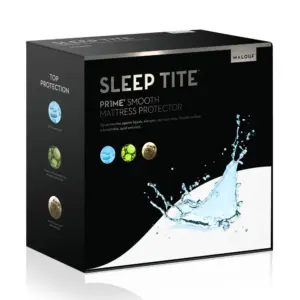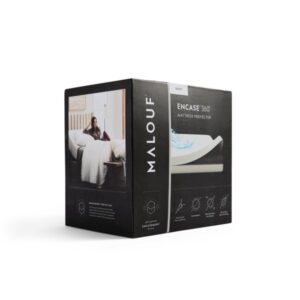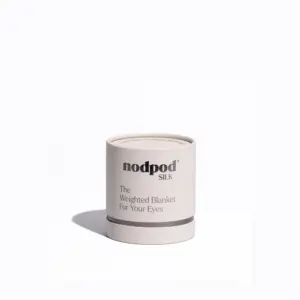Understanding Mattress Allergies: What You Need to Know
Introduction
Mattress allergies can turn a peaceful night’s sleep into a frustrating and sleepless ordeal, significantly impacting your health and overall well-being. Allergens lurking in your bed can cause various symptoms, from sneezing to respiratory distress. In this article, we will explore the common culprits behind mattress allergies and provide valuable solutions for a better night’s rest.
What Causes Mattress Allergies?
Mattress allergies often stem from allergens like dust mites, mold spores, and chemical sensitivities present in common bedding materials. Understanding these triggers is essential for alleviating symptoms and enhancing the quality of your sleep. Below, we explore the most common sources of mattress allergens and how they affect you.
Dust Mite Allergies
Dust mites are microscopic pests that thrive in warm, humid environments, such as mattresses and bedding. They feast on dead skin cells and produce droppings that are potent allergens. Common symptoms associated with dust mite allergies include:
– Sneezing
– Coughing
– Wheezing
– Skin irritations like eczema
To combat dust mite allergies, consider investing in a high-quality mattress protector designed to form a barrier against these pests. Regularly washing your bedding in hot water and utilizing HEPA air purifiers can significantly reduce dust mite populations and the allergenic load in your sleep environment.
Mold Allergies
Old or damp mattresses can become breeding grounds for mold, releasing spores that can trigger allergic reactions in sensitive individuals. Symptoms of mold allergies often include:
– Coughing
– Sneezing
– Itchy, red eyes
– Asthma exacerbations
To minimize mold exposure, ensure your bedroom is dry and well-ventilated. Use a dehumidifier if needed, and regularly clean your mattress and bedding to help keep mold spores at bay.
Chemical Sensitivities
Many mattresses contain volatile organic compounds (VOCs) like formaldehyde or flame retardants. These chemicals can lead to health issues, including:
– Headaches
– Respiratory problems
– Skin irritations
Opting for organic or all-natural mattresses can alleviate symptoms related to chemical sensitivities. Look for mattresses with low VOC emissions and avoid synthetic materials for a healthier sleep environment.
How to Prevent Mattress Allergies
Taking proactive steps to minimize mattress allergies is key to creating a restful sleep environment. Here are practical strategies to keep allergens at bay.
Choose a Hypoallergenic Mattress
Selecting a hypoallergenic mattress is one of the best ways to fend off allergens like dust mites. Many memory foam mattresses come with solid structures that prevent allergens from infiltrating the material. Some even contain antimicrobial agents to eliminate dust mites on contact. Explore your options and select one that meets your specific needs.
Use a Mattress Protector
Investing in a quality mattress protector is essential. This barrier defends against dust mites, pollen, and pet dander while also shielding your mattress from spills and sweat, which could lead to mold growth. Ensure you choose a protector made from breathable, hypoallergenic materials.
Clean Regularly
Keeping your mattress clean is vital in reducing allergens. Vacuum it at least every three to six months using an upholstery attachment, and spot-clean with a mild detergent to tackle stains while eliminating bacteria. Regular cleaning is crucial for maintaining a healthful sleep environment.
Ensure Good Ventilation
A well-ventilated room helps to decrease humidity, thereby reducing allergens. Ensure your bedroom has adequate airflow by keeping windows open and not obstructing vents. In humid climates, consider using exhaust fans to deter moisture buildup, which can encourage allergen proliferation.
Opt for Organic Cotton Linens
Choosing certified organic cotton linens is wise for allergy sufferers. These linens are free from toxic pesticides and fertilizers, serving as an additional barrier against dust mites while also ensuring a healthier night’s sleep.
Recognizing Symptoms of Mattress Allergies
Being able to identify mattress allergies can be challenging, as many symptoms overlap with other conditions. Here are key signs to watch for:
– Sneezing and Runny Nose: Frequent sneezing or waking up with a runny nose can signal dust mite exposure.
– Coughing and Wheezing: If you find yourself coughing or wheezing at night, it may indicate an allergic reaction to your mattress.
– Watery Eyes: Red and irritated eyes may stem from allergens trapped in your mattress.
– Skin Irritation: Rashes or skin itchiness can result from exposure to dust mites or synthetic materials.
– Headaches: Persistent headaches, particularly in the morning, can indicate allergen-related sinus congestion.
Frequently Asked Questions About Mattress Allergies
Can my mattress cause allergies?
Absolutely! Allergens like dust mites, mold, and chemical residues can build up in your mattress over time, exacerbating allergies or triggering new ones. Replacing old mattresses every six to eight years can help minimize allergen accumulation.
Is memory foam suitable for allergy sufferers?
Yes, memory foam mattresses are often hypoallergenic and resistant to dust mites and mold. Look for models containing antimicrobial agents for enhanced protection against allergens.
Conclusion
Understanding mattress allergies is vital for creating an allergen-free sleep environment, leading to improved sleep quality and overall health. By choosing hypoallergenic mattresses, utilizing protective covers, and maintaining a clean and well-ventilated space, you can significantly reduce allergens in your bedroom.
Fostering a better sleep environment is essential for every person’s well-being. If you’re ready to take the next steps in improving your sleeping conditions, consider exploring options that prioritize your health and comfort. Invest in a mattress that minimizes allergens, and awaken refreshed, without the burden of allergy symptoms.


